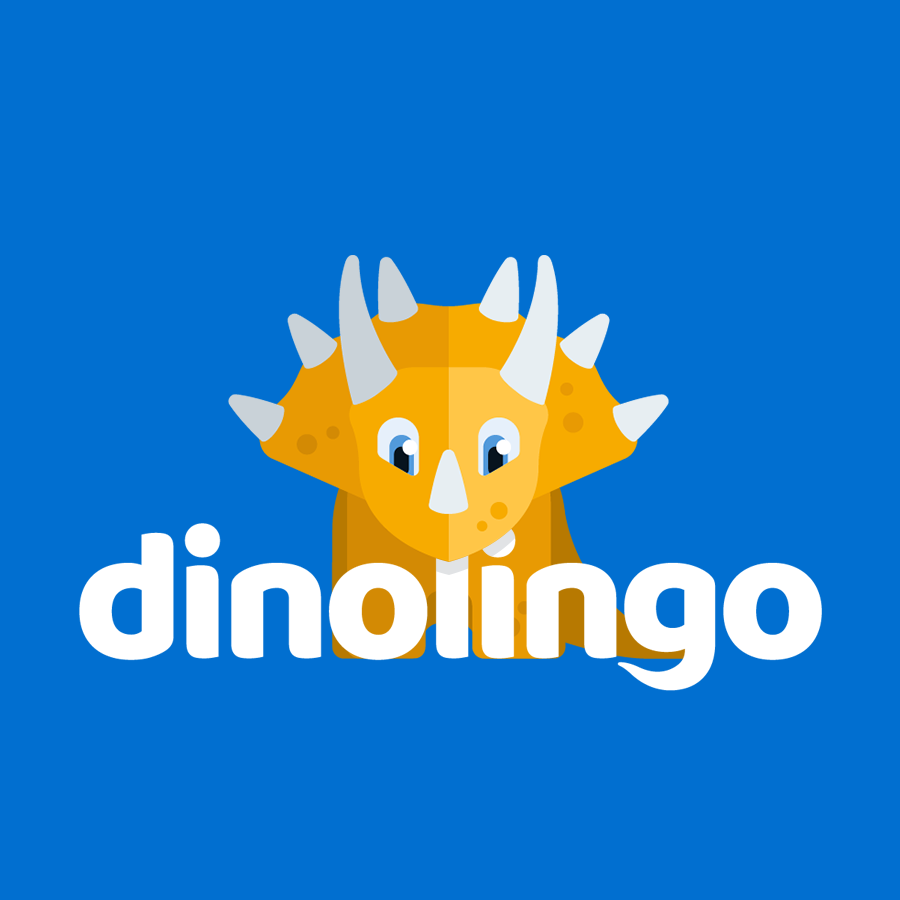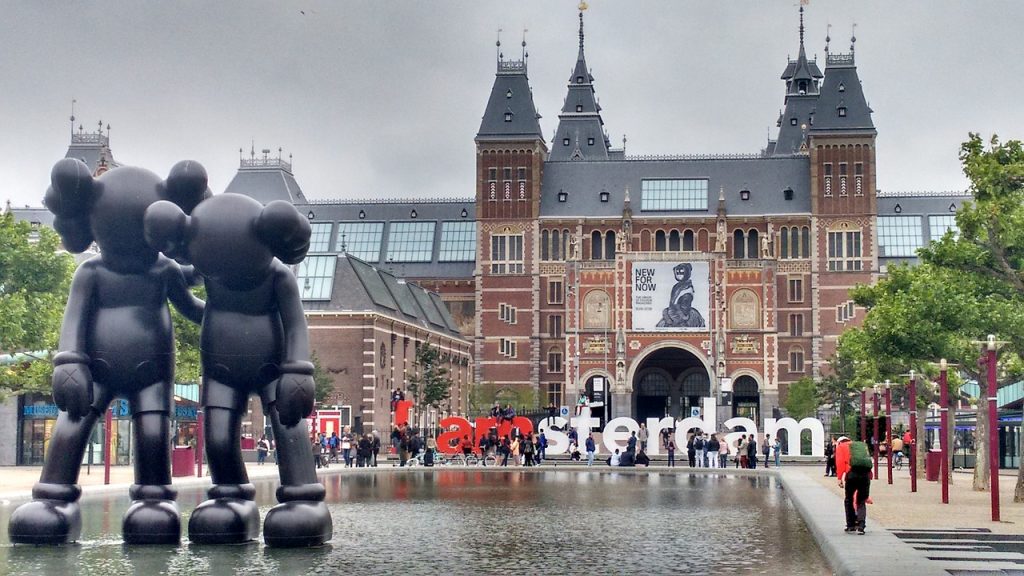The people who live in the Netherlands are called Dutch. German tribes first lived on the land that is called the Netherlands. Then Rome took part of the land away. Parts of the Netherlands were later taken over by many other countries until the Dutch people decided they did not want to be ruled by anyone else.
The Dutch people wanted to be free and rule themselves. So, in 1579, the Republic of the United Netherlands was formed.
In the 17th century, the Netherlands had a strong navy. With this navy, they were able to expand their empire to other areas of the world. They gained colonies on many of the other continents.
Eventually, the Netherlands was weakened by wars with other European countries. There were wars against Spain, France and England. Each time there was a war, the Netherlands lost some of their colonies.
The Netherlands fought in WWII against the Germans. Anne Frank is a famous Jewish girl who wrote her diary of hiding from the Nazis during the war. She hid upstairs above a store with her family. After WWII, most of Netherland’s colonies were given freedom.
Today, the Netherlands is a monarchy. The Queen performs many ceremonial duties. There is a premier and a cabinet. Laws are passed by a parliament like in many other countries. Many of the laws are based on how Germany rules their country. Many of these laws are written based on early Roman law.
Even though the country of the Netherlands is small, the provinces are very different. These provinces are divided into four regions:
- Western Netherlands commonly called Randstad has the four biggest cities and the typical Dutch countryside.
- Northern Netherlands is popular among the locals. This has the smallest populated areas of all of the country. There are islands and lakes in this region.
- Eastern Netherlands is home to the largest national park of the country. There are many medieval cities along the rivers in this province.
- Southern Netherlands is divided by the rest of the country with its Catholic history, carnival celebrations and beer culture.
- In addition, the Kingdom of the Netherlands owns some Caribbean Islands. Some of these islands are considered municipalities (Bonaire, Sint Eustatius and Saba). Other islands are considered countries (Aruba, Curacao and Sint Maarten) within the Kingdom of the Netherlands.

Online Dutch lessons for kids: dinolingo.com


